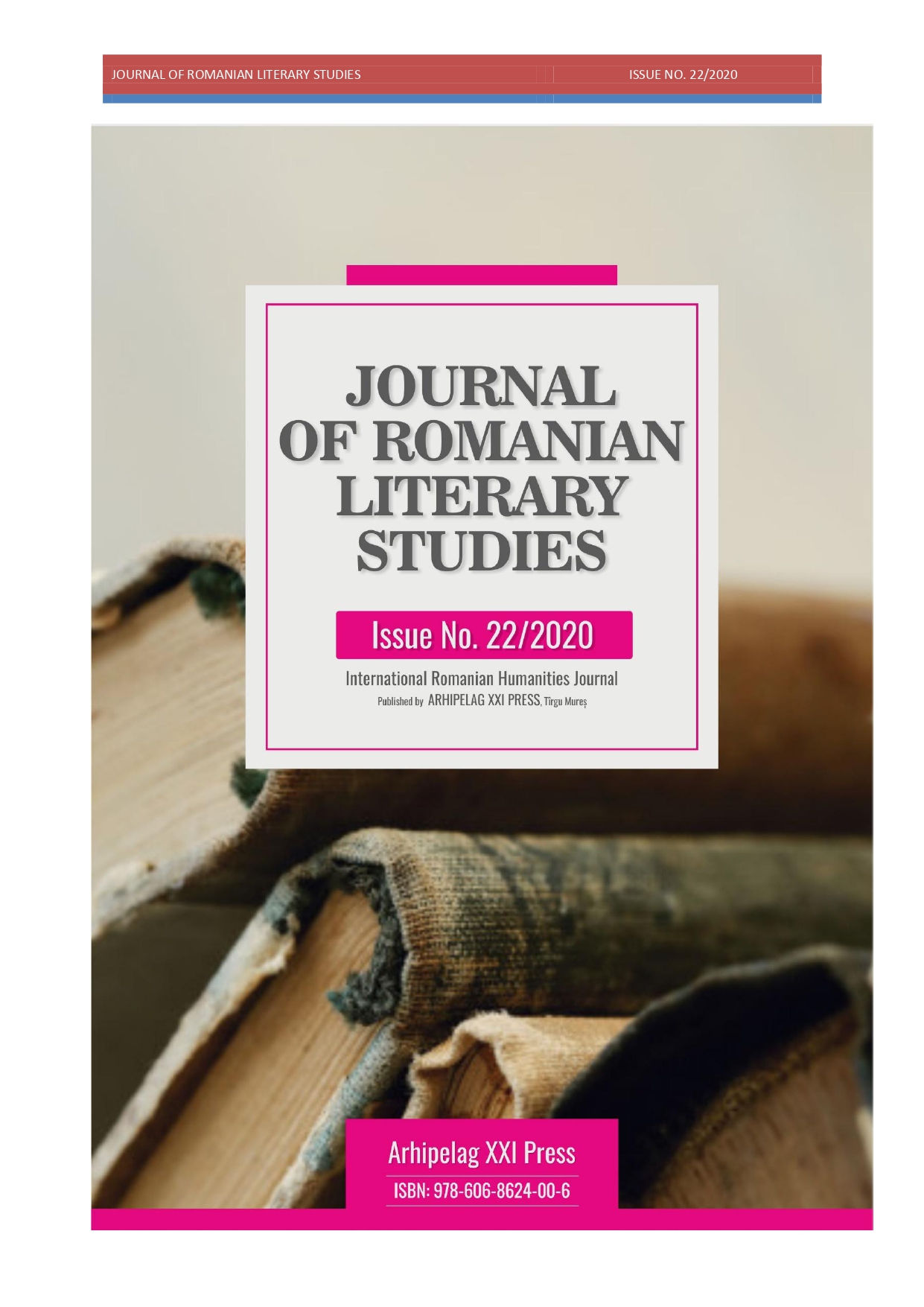THE FOOTPRINT MOTIF IN REWRITINGS OF THE CRUSOE’S MODERN MYTH
THE FOOTPRINT MOTIF IN REWRITINGS OF THE CRUSOE’S MODERN MYTH
Author(s): Nicolae BobaruSubject(s): Studies of Literature, Novel, Philology, Theory of Literature
Published by: Editura Arhipelag XXI
Keywords: footprint; rewriting; intertextuality; otherness; environment;
Summary/Abstract: The present study focuses on analyzing the meaning of the footprint in Friday, or, the Other Island (Vendrediou les Limbes du Pacifique, 1967) and L’Empreinte à Crusoé (2012). If, in Tournier’s case the episode referring to the human trace is solved instantly by Robinsonstepping himself into the footprint, realizing that it belongs to him, the same problem constitutes a recurrent motif throughout Chamoiseau’s whole novel. Tournier’s Robinson meeting his own trace sums up his ownership over the island, that becomes a representation of his values, his sexuality and his psyche. Chamoiseau’s Crusoé believes in his absolute superiority over animals and other people who are different from himself. Discovering the footprint and at the same time acknowledging his extreme fear, he thinks that the island could be populated or attacked by hostile individuals. He is frightened when discovering the footprint, which is the only evidence of another human existence on the island after twenty five years of solitude. Ancestral fears are part of the human nature and our collective consciousness. The discovery of the footprint rises many questions regarding the relationship between man, Nature and the Other taking into account that the imprint develops various meanings in both texts, having various cultural implications, that below essay will determine and analyze.
Journal: Journal of Romanian Literary Studies
- Issue Year: 2020
- Issue No: 22
- Page Range: 416-421
- Page Count: 6
- Language: English

